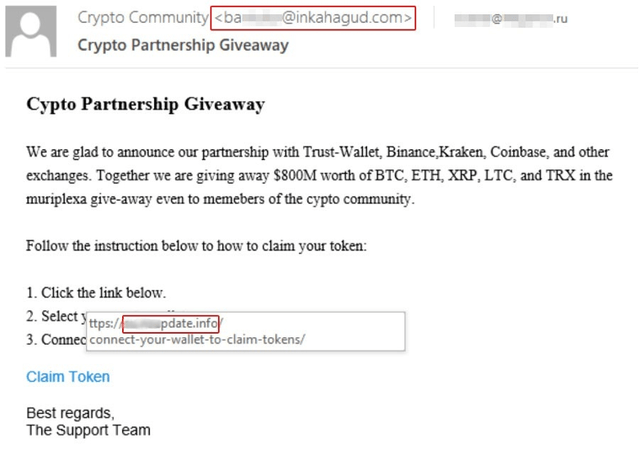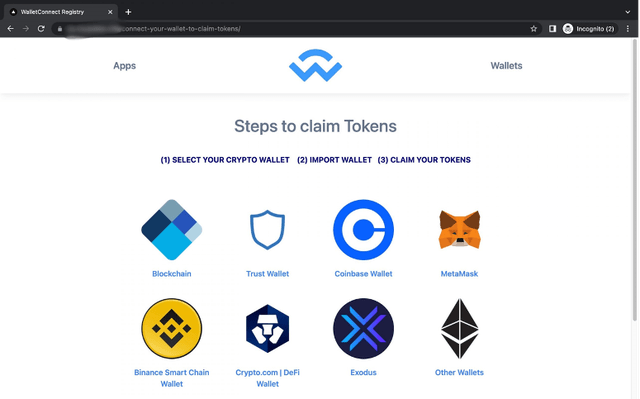The latest data from Kaspersky on crypto-related scams in Southeast Asia represents a slight decrease, from 164,330 cases in 2021 to 147,649 in 2022. However, this decrease was only recorded in three countries Singapore (-74%), Thailand (-51%), and Vietnam (-15%).
In the period 2021 – 2022, this threat, with the goal of stealing money from crypto wallets, continues to cause an increase in the Philippines (from 9,164 cases to 24,737 cases), Indonesia (from 19,584 to 24,642 cases) and Malaysia (from 16,071 to 16,767 cases), according to Kaspersky.
Adrian Hia, Director Thing Kaspersky Asia-Pacific said: “Scammers won’t stop stealing cryptocurrencies. First, in terms of trends, more and more people are using crypto, especially in the East. South Asia In fact, the region accounts for 14% of global crypto trade and is expected to continue to lead the way in cryptocurrency usage Second, the population is young and savvy. Future trends will be greeted with optimism rather than skepticism, therefore, we believe that the region’s adopters of digital currency should arm themselves with more knowledge of the digital currencies. scam tricks to keep your crypto safe”.
In addition, spam analyst at Kaspersky Roman Dedenok also explains how scammers perform their behavior with the following methods.
As usual, it all starts with an email. The people behind this scheme have baited an offer to participate in an attractive crypto giveaway: Bitcoin (BTC), Ethereum (ETH), Litecoin (LTC), Tron (TRX), or Ripple (XRP). A total of $800 million was at stake. The scammers have been “generous” in providing a complete 3-step guide for those who want to get free coins, along with a link to the “promotion” website

With the above email, at first glance, many people will mistakenly think it was sent from the support team of a certain crypto-lover community. However, the domain name in the sender’s email address has nothing to do with any cryptocurrency. The email content is also sloppy, with many mistakes and typos. Scammers think victims will only care about nine-digit amounts and ignore such errors.
Clicking the link, the user will be redirected to the phishing site. The domain name is not related to the sender’s address and does not contain any information about the crypto community

At this point, the victim will be asked to identify the wallet to which they want to transfer the money. The criminals put up all the most popular wallets: Blockchain.com, Trust Wallet, MetaMask, Coinbase, Binance, Crypto.com, and Exodus. The interface is also very user-friendly when there are more “Other Wallets” for users to choose from.
To receive the desired amount, the user must enter the seed phrase (keyword string used to access the crypto wallet). As soon as the victim fills in the information and clicks the Next button, a message will appear on the screen stating that everything was successful and the lucky person will receive the crypto within 24 hours

The site also doesn’t test for random words. Of course, if the seed phrase is actually typed in, all the funds in the wallet will be lost.
Scammers rely on the fact that people often protect the private key forgetting that the seed phrase is equally important. With a seed phrase, an attacker can generate a new private key and thereby gain access to the victim’s wallet. This means that the private key and the seed phrase must be equally protected
